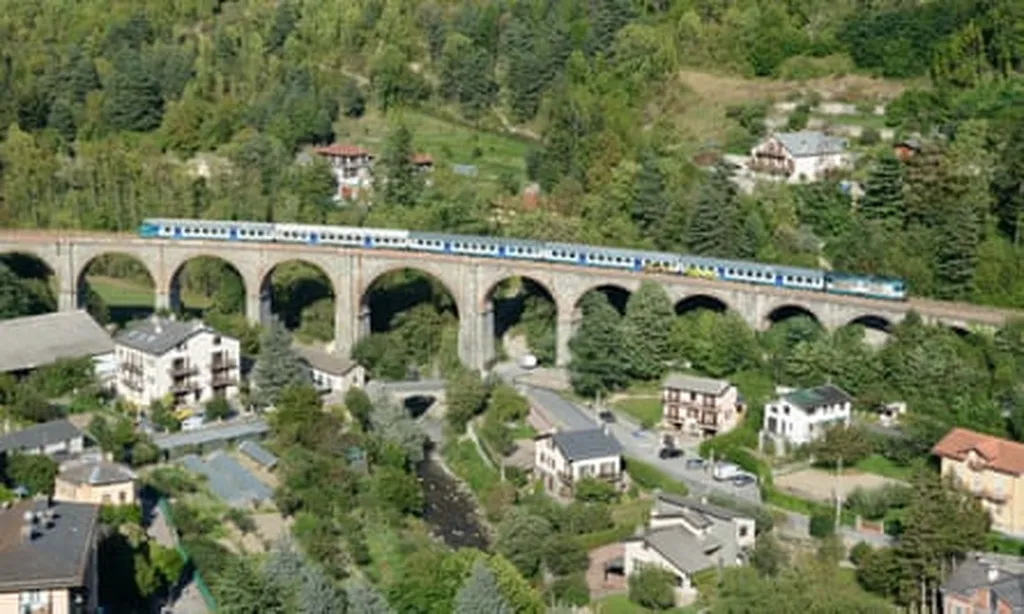In the heart of Tanzania, a monumental construction project is taking shape, promising to redefine infrastructure standards and boost regional connectivity. The J.P. Magufuli Extradosed Cable-Stayed Bridge, spanning the vast Lake Victoria, is a testament to modern engineering prowess. With an overall length of 3.0 kilometers and a deck width of 28.45 meters, this bridge is not just a marvel of design but a critical artery for economic growth.
The bridge, currently under construction, features a unique structural arrangement of 100 m + 160 m + 160 m + 100 m for the main bridge, totaling 520 meters. The approach bridges, constructed with prestressed concrete (PSC) beams, extend 2,480 meters on either side. The superstructure is an extradosed bridge with a reinforced concrete (RCC) deck, supported by three RCC pylons standing 18.856 meters tall. The girder heights vary, with 5.4 meters at the mid-span and 3.2 meters at the end-span, ensuring optimal load distribution and stability.
Katelula Salum Kaswaga, the lead author of the study published in ‘预应力技术’ (translated to ‘Prestressed Technology’), highlights the innovative construction techniques employed in this project. “The balanced cantilever construction method, facilitated by a special traveling formwork (Form-Traveller), allows for efficient and precise assembly of the bridge segments,” Kaswaga explains. This method not only enhances construction efficiency but also ensures the structural integrity of the bridge.
One of the standout features of the J.P. Magufuli Bridge is the use of a PC House for pile cap construction. This specialized facility enables the precise fabrication of pile caps, which are crucial for supporting the bridge’s massive load. Additionally, the deck slab construction employs partial depth panels, further streamlining the building process and ensuring uniformity and strength.
The commercial impacts of this project are profound, particularly for the energy sector. Improved connectivity across Lake Victoria will facilitate the transportation of goods and services, including energy resources. This enhanced infrastructure is expected to boost regional trade and economic activities, creating a ripple effect that extends beyond Tanzania’s borders.
The construction of the J.P. Magufuli Bridge is not just about building a physical structure; it’s about fostering growth and development. As Kaswaga notes, “This project is a game-changer for the region. It will not only improve transportation but also stimulate economic activities and create job opportunities.” The bridge’s completion will undoubtedly set a new benchmark for infrastructure projects in Africa and beyond.
As the construction progresses, the lessons learned and innovations implemented in this project will shape future developments in the field. The use of advanced construction techniques, such as traveling formwork and PC House fabrication, will likely become standard practices in large-scale infrastructure projects. This will not only enhance construction efficiency but also ensure the durability and safety of future structures.
In conclusion, the J.P. Magufuli Extradosed Cable-Stayed Bridge is more than just a construction project; it’s a symbol of progress and a catalyst for economic growth. As the bridge takes shape, it stands as a testament to human ingenuity and the power of innovative engineering. The insights gained from this project will undoubtedly pave the way for future advancements in the construction industry, benefiting not just Tanzania but the global community as a whole.

